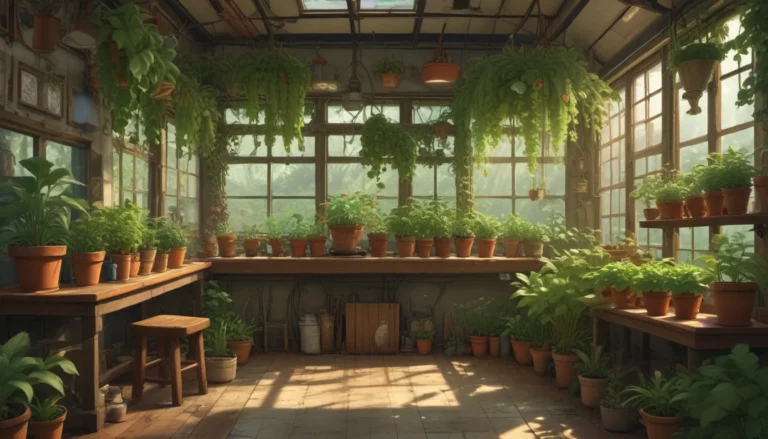Comprehensive Guide About Forsythia Leaf Yellowing

Are you worried about the yellowing of your Forsythia leaves? Don’t fret! In this comprehensive guide, we will discuss the various reasons why this might be happening and what you can do about it.
Understanding Chlorosis
Chlorosis, also known as leaf yellowing, is a common issue that arises when plants lack chlorophyll, the green pigment responsible for photosynthesis. When leaves start turning yellow, it’s a sign that your plant is not getting the nutrients it needs to thrive. If left untreated, the plant may eventually die.
Everything You Need to Know About Growing Forsythia
Before diving into the causes of leaf yellowing, let’s first ensure that your Forsythia is well taken care of. Here are some essential tips for growing healthy Forsythia:
- Plant in the Right Zone: Forsythia thrives in USDA Hardiness Zones 5 to 8.
- Sunlight: Ensure your plant gets enough sunlight.
- Soil Quality: Plant in average to organically-rich soil with a pH of 6.5-7.5.
- Watering: Aim for about one inch of water per week.
- Pruning and Weeding: Regular pruning and weeding are essential for plant health.
- Pest and Disease Management: Keep an eye out for pests and diseases and treat them promptly.
When these conditions are met, your Forsythia is more likely to stay healthy and free from yellowing leaves.
5 Common Causes of Forsythia Leaf Yellowing
Let’s dive into the five common reasons why your Forsythia leaves might be turning yellow and how you can address each issue effectively:
1. Moisture Stress
Too Little Water: Lack of water can cause leaves to wilt and turn yellow. Ensure your plant gets enough water, especially during dry spells.
Too Much Water: On the flip side, overwatering can lead to root rot and yellow leaves. Make sure your plant is not sitting in soggy soil.
2. Pests and Disease
Pests and diseases can also cause yellowing of leaves. Keep an eye out for common pests like aphids and diseases like powdery mildew. Treat promptly with organic solutions.
3. Nutritional Deficiency
Nutritional deficiencies, such as lack of iron, can lead to chlorosis. Test your soil’s pH and nutrient levels to ensure your plant is getting what it needs to thrive.
4. Mechanical Damage
Sometimes, accidental damage from mowing or trimming can lead to yellowing leaves. Prune damaged branches to promote new growth.
5. Toxic Exposure
If you suspect your plant has been exposed to herbicides or other toxins, wash it down and prune as needed to remove affected areas.
Tips for Healthy Forsythia
To ensure your Forsythia stays healthy and vibrant, here are a few additional tips:
- Regular Maintenance: Keep up with pruning, weeding, and pest control.
- Monitor Soil Conditions: Ensure your plant is not sitting in waterlogged soil.
- Test Soil: Test your soil regularly to ensure it has the right pH and nutrient levels.
- Prompt Treatment: Address any issues promptly to prevent further damage.
By following these tips, you can help your Forsythia thrive and avoid the dreaded yellowing of leaves.
Share Your Experience
Do you have a Forsythia plant? Have you experienced yellowing leaves? Share your experience in the comments below. We would love to hear from you!
If you found this article helpful, be sure to check out our other guides on Forsythia care for more valuable information:
- 5 Tips for Pruning Forsythia
- 7 Reasons Why Forsythia May Not Bloom
- How to Manage Forsythia Gall Disease
- 5 Ways to Propagate Forsythia
Remember, a little care goes a long way in keeping your Forsythia healthy and vibrant all year round. Happy gardening!





